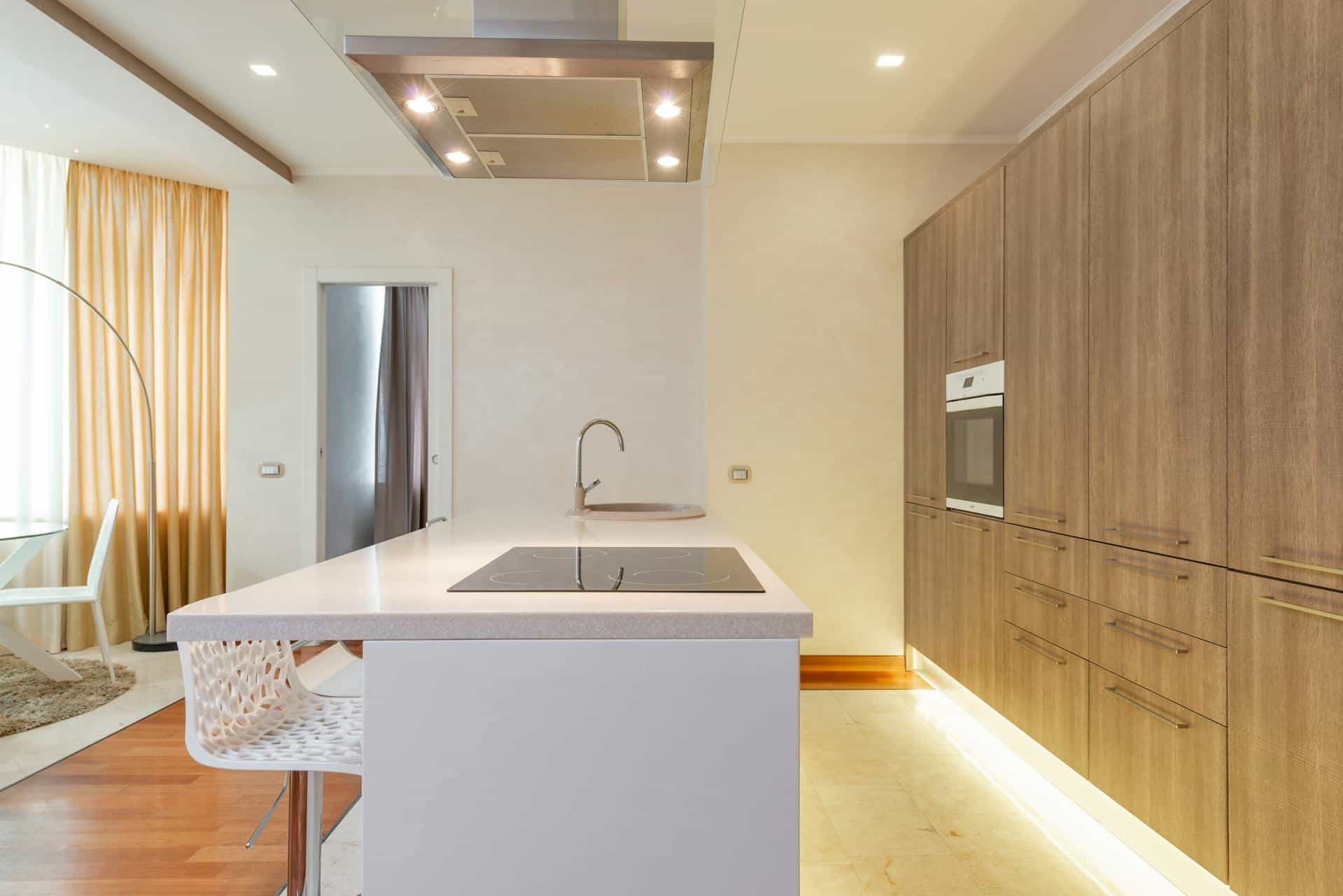
Question: What Are the Disadvantages of Built-In Refrigerators?
Answer: Disadvantages of built-in refrigerators include that they are typically more expensive, offer less storage space for their size, and repairs can be more complex and costly.
Exploring Drawbacks: Built-In Refrigerators
Built-in refrigerators offer a sleek, integrated look for kitchens. They sit flush with cabinetry, creating a seamless design. However, this integrated style comes with certain limitations. This article examines the disadvantages of built-in refrigerators, helping you make an informed decision for your kitchen renovation or appliance upgrade. We will cover cost considerations, installation challenges, limited size options, and potential repair difficulties. Understanding these drawbacks allows you to weigh the aesthetic benefits against the practical implications. This balanced perspective will empower you to choose the best refrigerator type for your individual needs and lifestyle.
This article aims to provide a clear, concise examination of the downsides of built-in refrigerators. It prioritizes simple language and sentence structure, ensuring the content is easily accessible and understandable. It balances search engine optimization principles with reader engagement. The goal is to deliver valuable information while also being a compelling read.
Higher Upfront Costs
Built-in refrigerators generally cost more than freestanding models. This higher price reflects the specialized design and installation requirements. Expect to pay a premium for the integrated aesthetic.
Beyond the refrigerator itself, installation costs add to the overall expense. Built-in models require professional installation. This involves precise measurements and cabinet modifications. These factors contribute to a significantly higher upfront investment compared to freestanding refrigerators.
Click here for more information on kitchen cabinet refacing Toronto
Related Article: Is It Hard To Replace a Built-In Refrigerator?
Related Article: Do Built-In Refrigerators Need Air Space Around Them?
Limited Size and Capacity
Built-in refrigerators typically offer less storage space than comparable freestanding models. The integrated design restricts the overall dimensions. This can be a limitation for larger families or those who frequently entertain.
The focus on aesthetics often prioritizes a streamlined look over maximum capacity. If storage space is a priority, a freestanding refrigerator may be a more practical choice. Consider your household’s storage needs when deciding on a refrigerator type.
Repair and Maintenance Difficulties
Accessing internal components for repairs can be more difficult with built-in refrigerators. The integrated design often limits access. This can complicate repairs and increase labour costs.
Removing a built-in refrigerator for major repairs or replacement can be a complex process. This process may involve disassembling cabinetry. It can also be difficult to find replacement parts when needed.
Resale Value Considerations
While built-in refrigerators offer a high-end look, they may not significantly increase your home’s resale value. The specialized nature of these appliances can be a drawback for some buyers. Potential buyers may prefer the flexibility of a freestanding model.
Changing design trends can also impact the perceived value of built-in appliances. A future buyer might prefer a different style. This can necessitate costly renovations to replace the built-in unit.
Less Flexibility and Mobility
Built-in refrigerators offer less flexibility than freestanding models. You cannot easily move them to a different location. This lack of mobility can be a disadvantage if you plan to remodel your kitchen in the future.
Freestanding refrigerators offer more placement options. You can relocate them within the kitchen or take them with you when you move. Built-in models require a more permanent installation.
Conclusion – What Are the Disadvantages of Built-In Refrigerators?
Built-in refrigerators offer a visually appealing, integrated design. However, they come with certain disadvantages that homeowners should carefully consider. The higher costs associated with purchase and installation, coupled with potential size limitations and repair complexities, are important factors to evaluate.
By understanding these drawbacks, you can make an informed decision about whether a built-in refrigerator is the right choice for your kitchen. Weigh the aesthetic benefits against the practical implications and choose the refrigerator that best suits your individual needs, lifestyle, and budget. Remember to consider factors like available space, storage requirements, and long-term maintenance costs before making a final decision.

Blue Malue Get in touch with Blue here.
